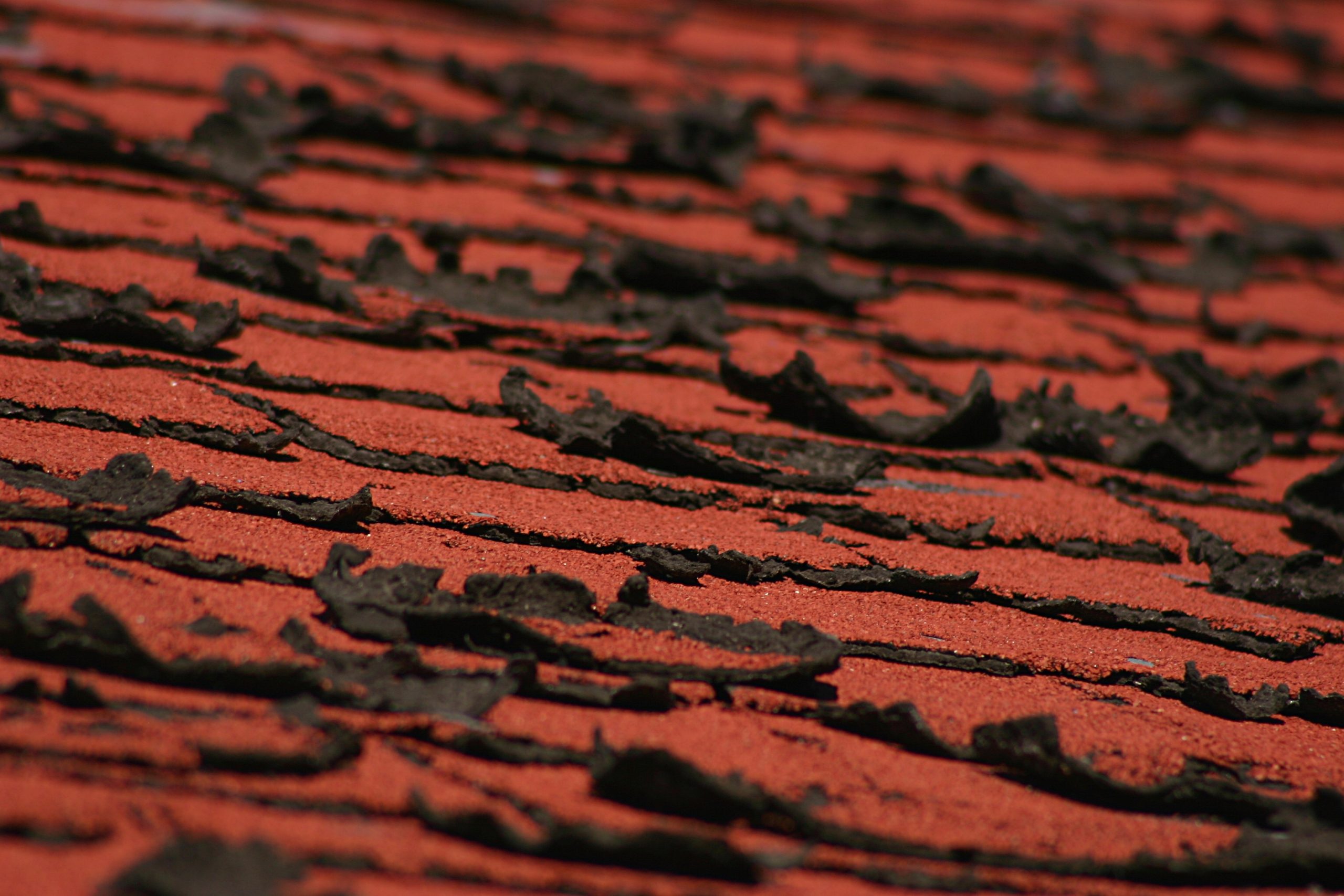Roof Shingle Life Cycle: Tips For Your Home

You are all too familiar with the aging process when it comes to you body. Just like the human body ages, your roof will age over time.
Knowing about the natural aging process of your roof shingles is important to understand when it is time to invest in a replacement.

Once you know the different stages of the aging process, you can easily identify whether or not your shingles have met their expiration date.
Believe it or not, a newly installed roof can look much different just a year after it is installed. Read on for a basic description of the stages in the life cycle of your shingles.
It might be depressing to learn, but your roof undergoes rapid aging as soon as it is installed.
The first rapid aging cycle is generally referred to as the curling phase and it is signified by several different changes in appearance.
During the curling stage, you may start to notice that your shingles will start to lose the asphalt granules that act as a protective barrier.
As the granules are shed, this may cause the primary material to blister and then eventually curl at the edges. It is important to realize how the climate in your area can have an affect during the curling phase.
In cooler climates, curling is bound to be more pronounced. As temperatures rise, the shingles will begin to lay flat.
Luckily, the aging process will slow down after your shingles go through the curling phase. Once the initial life cycle stage is complete, you will enter what is referred to as the mid-life stage.
The mid-life stage is the longest stage in the life cycle. During this stage in the aging process, your shingles will wear very slowly.
While granule loss will continue to occur, it is not as significant as the loss in stage #1.
After the mid-life stage, which lasts a major portion of the roof’s life, your roof will hit the declining life stage. During this period, the signs of wear will begin to accelerate once again.
At this point, materials that have been used to manufacture the shingles will be approaching their expiration date.
The granules may be close to gone, the shingles may have dark patches because the asphalt is exposed and curling may be so significant it could lead to leaking and interior water damage.
You may even notice that the shingles are plagued with algae and other growth. At this point, most homeowners are contemplating a roof replacement.
Failing to replace a roof during this stage in your roof’s life cycle can lead to significant damage that will require a huge investment of your time and money.
The three stages above signify the natural stages in the life cycle of your roof shingles. Several different factors can contribute to the premature aging of your shingles.
Make sure that you invest in maintenance to extend the life of your roof, take time to visually inspect your shingles to identify what stage in the cycle your roof is at, and you can decide when replacement is the key.
Knowledge is power, and when your roof is concerned, knowledge can also save you a pretty penny and a lot of hassle.
License: Creative Commons
image source
Peter Wendt is a freelance article writing living in the great state of Texas. Before he became a freelance writer, he was a roofing consultant. With the Texas heat, Texas’ roofs get worn down pretty quickly.
While he has had many clients complain about their poorly constructed roof, Peter refers them to Kidd Roof for the best roofing job in the market – expert roofers for re-roof, new constrution, roof repairs and more.
